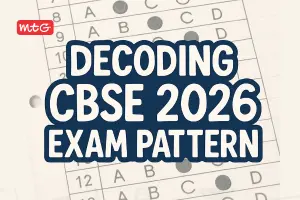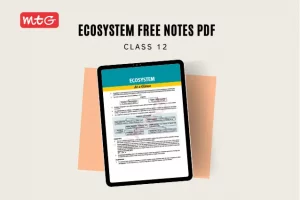
NCERT class 8 mathematics chapter 13 – “Introduction to Graphs” teaches us that the purpose of the graph is to show numerical facts in visual form so that they can be understood quickly, easily and clearly. Thus, graphs are visual representations of data collected. Data can also be presented in the form of a table; however, a graphical presentation is easier to understand. This is true in particular when there is a trend or comparison to be shown. For the CBSE exams, practice multiple-choice questions (MCQs) to prepare for the objective questions. We have provided Class 8 MCQ Questions on “Factorisation” paired with comprehensive explanations. CBSE is emphasizing the role of MCQs as they assist in understanding the concepts completely.
As compared to subjective questions, MCQs are very different so practicing and understanding how to get appropriate answers in MCQs is very essential. To revise the main concepts, students should practice all the MCQs with the answers given. This will also help them familiarize themselves with the kinds of questions that might appear in the board exams.
Recent – Factorisation Class 8 MCQs with Answers – Mathematics Chapter 12 – Free PDF
Also Check – Class 8 Mathematics MCQs with Answers
Topics covered in “Introduction to Graphs”
- A Line graph
- A Linear graph
CBSE Class 8 Mathematics Introduction to Graphs MCQs – PDF Download
Answers –
Summary for NCERT class 8 mathematics chapter 13 – “Introduction to Graphs”
- Graphical presentation of data is easier to understand.
- A line graph displays data that changes continuously over periods of time.
- A line graph which is a whole unbroken line is called a linear graph.
- A line graph which is a whole unbroken line is called a linear graph.
- The relation between dependent variable and independent variable is shown through a graph.






























